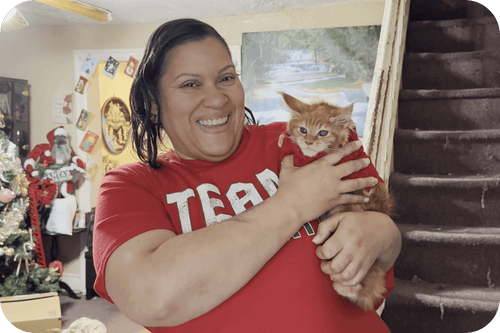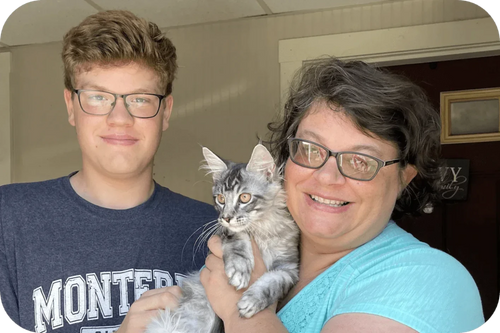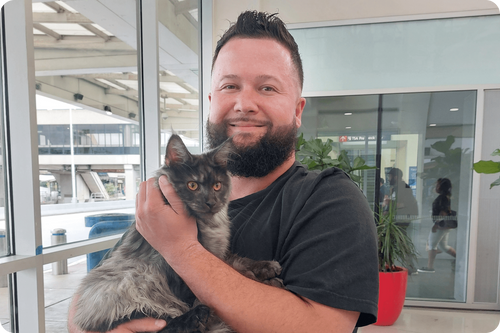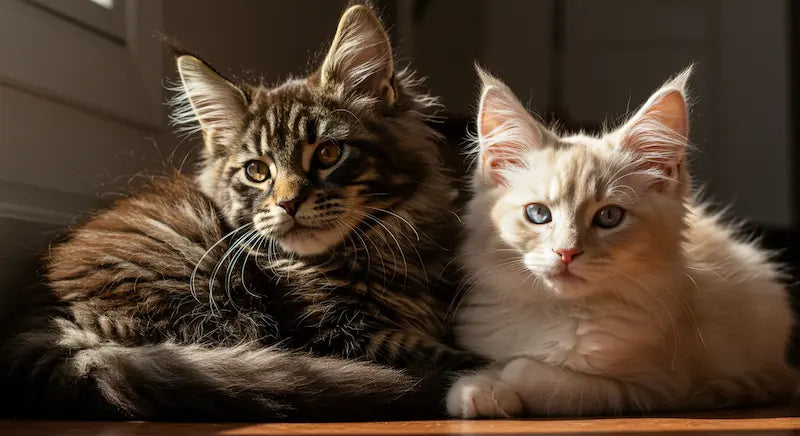Understanding the Unique Traits That Make Maine Coons So Big

Maine Coons, affectionately known as the "gentle giants" of the cat world, are celebrated not only for their friendly and outgoing nature but also for their impressive size. If you’ve ever met a Maine Coon, you’ve likely been struck by their substantial build and striking presence. But what exactly contributes to their notable size? Let’s dive into the genetics, history, and characteristics that make Maine Coons the largest domesticated cat breed around.
A Glimpse into the Genetics
The size of Maine Coons can be attributed largely to their genetics. These cats have a unique genetic makeup that predisposes them to larger body size compared to most other cat breeds. This genetic trait has been honed and preserved through selective breeding over generations, particularly for those cats bred for show purposes, who often exhibit the larger end of the size spectrum. Learn about The Role of Genetics in Purebred Cat Health and why it's important.
Historical Hunters
The origins of the Maine Coon are a mix of folklore and mystery, with the most plausible theory being that they descended from the cats brought to North America by early settlers and seafarers. These cats had to survive harsh winters and rugged terrains of the northeastern United States, particularly Maine, which is how the breed got its name. Discover The Fascinating History and Origin of Maine Coon Cats. Their large size and robust physiques likely developed as a natural adaptation to their environment, allowing them to hunt effectively and maintain body heat in cold weather.
Physical Features Contributing to Their Size
Maine Coons possess several physical features that contribute to their overall size. Their bodies are long, muscular, and solidly built, with males typically larger than females. They have broad chests and wide-set limbs that support their substantial weight and add to their imposing appearance. Additionally, their long, bushy tails, which they can wrap around themselves for warmth, are proportional to their bodies, adding to their perceived size.
Diet and Nutrition
While genetics and history play significant roles, the diet and nutrition of a Maine Coon also influence their size. Maine Coons require a well-balanced diet rich in proteins to support their muscle growth and overall health. As kittens, Maine Coons have a longer growth period than most cats, reaching full size around 3 to 5 years of age. During this time, it’s crucial they receive adequate nutrition to support their extensive growth phase. Know more about the specific Diet for Maine Coon Cats.
The Role of Health Management
Keeping a Maine Coon at a healthy weight is crucial. Despite their large size, it's easy for this breed to become overweight, especially if they are less active or overfed. Regular veterinary check-ups, a balanced diet, and consistent exercise are essential to manage their health and maintain their majestic stature without tipping into obesity, which can lead to various health issues. Check out our in-depth guide on Why Regular Vet Visits Matter for Maine Coons.
Conclusion
The remarkable size of Maine Coons is a trait that draws many to the breed, fascinated by their lion-like appearance and friendly temperament. If you want to learn more about the temperament of a Maine Coon, check out our article Temperament of a Maine Coon. Understanding the factors that contribute to their size can help Maine Coon owners and enthusiasts appreciate these cats even more deeply and ensure they provide the right care to support their health and well-being. Whether lounging gracefully in a sunbeam or majestically parading around the house, Maine Coons carry their size with an elegance that matches their gentle nature, making them truly beloved giants in the feline world. Captivated? Check our Available Giant Maine Coon Kittens for Sale and start your amazing journey! Contact us and learn more about our Adoption Process.
































































Comments(0)